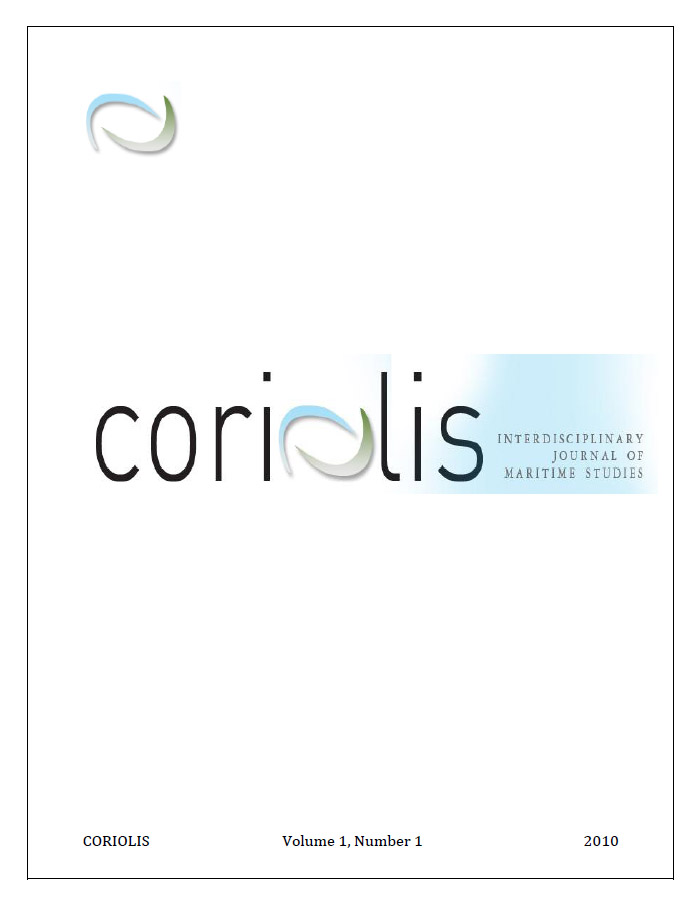A Local Perspective of Hawaii's Whaling Economy: Whale Traditions and Government Regulation of the Kingdom's Native Seamen and Whale Fishery
Abstract
Native Hawaiians made use of beached whales for sustenance and for fashioning the lei niho palaoa (whale-tooth necklace), a symbol of chiefly rank. They assisted, and feasted, on the first sperm whale catch taken by American whalers off Hawai‘i in 1819. Two Native Hawaiian men joined the American ship Balaena while it was anchored off Maui. Hundreds more native sailors left each year through the late 1870s. Hawaii's government began passing laws regulating the shipping of native seamen and the fisheries, including fishing rights, in the late 1830s. Government licenses of the first shore-whaling enterprises date to 1847. This paper explores these nineteenth century Hawaiian whale traditions and regulatory efforts to provide a foundation for future synthetic studies of the kingdom's whaling economy and its fisheries from an integrative local perspective. This exploratory review examines primary Hawaiian and English source materials authored in the islands, including newspapers, government documents, and personal diaries, letters, and other papers.Downloads
Issue
Section
Articles

